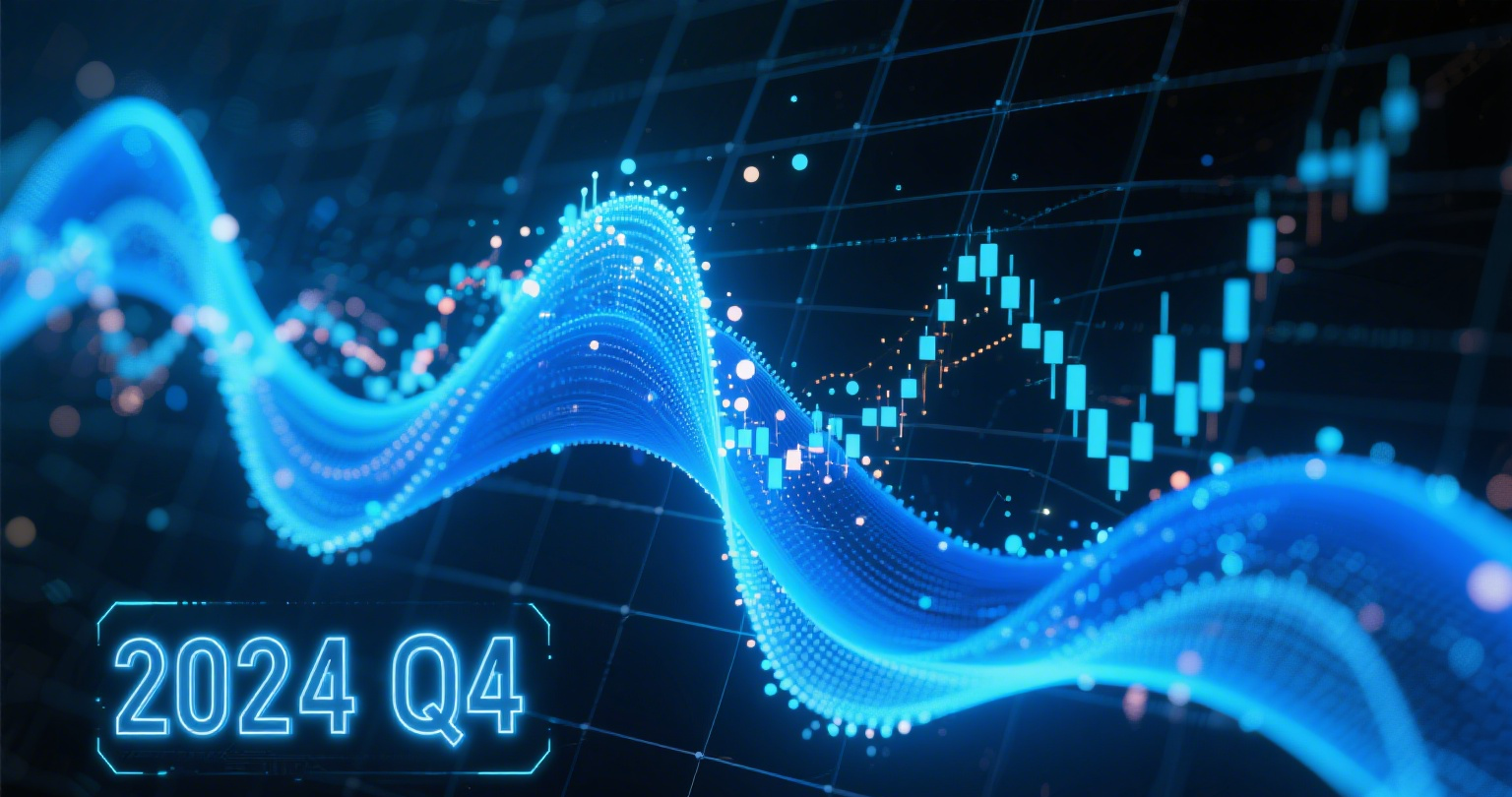
What Are Selling Expenses?
Selling expenses refer to costs directly associated with selling products or providing services, such as sales personnel salaries and benefits, advertising, promotions, exhibition fees, transportation, and after-sales services. These expenses are incurred to boost sales and are generally proportional to revenue. We can further analyze this using the selling expense ratio:
Selling Expense Ratio = Selling Expenses ÷ Operating Revenue × 100%
Kweichow Moutai’s selling expense ratio has consistently remained below 5%, meaning only 5 yuan is spent on sales for every 100 yuan in revenue. A lower ratio indicates lower sales costs and easier market penetration, while a higher ratio suggests the opposite.
If a company’s gross margin is high, it usually reflects strong product competitiveness and bargaining power, so selling expenses should not consume a large portion of revenue. However, if a company’s gross margin is significantly higher than its peers while its selling expense ratio is also much higher, this is unreasonable—it may indicate unethical practices like bribery (common in industries like pharmaceuticals with "high selling expenses + high margins") or even financial fraud.
High-quality companies typically show a declining selling expense ratio, rising gross margins, and improving net profits over time. Poorly performing companies, on the other hand, often exhibit rising selling expenses, declining gross margins, and deteriorating profitability.
Why Do Pharmaceutical Companies Have the Highest Selling Expense Ratio in the A-Share Market?
Recently, pharmaceutical companies’ selling expenses have drawn scrutiny amid a nationwide anti-corruption campaign targeting the healthcare sector. In 2022, nearly 500 A-share listed pharmaceutical companies reported total selling expenses of 341.47 billion yuan, averaging over 700 million yuan per firm, with selling expenses accounting for 22.66% of revenue—far exceeding the A-share average and ranking first among all industries. About 40 of these firms had selling expense ratios exceeding 50%, while companies like Y Hong Pharma, M Wei Bio, and M Ke Pharma even reported ratios over 100% (i.e., spending more on sales than they earned).
Where does all this money go? Financial reports reveal that the bulk of these expenses are tied to "marketing promotions," "consulting fees," "academic conferences," and "medical events." In the industry, these activities often serve as conduits for interactions between pharmaceutical firms and healthcare professionals. Insiders note that some industry associations have long been key players in gray-area practices. As the anti-corruption crackdown intensifies, numerous academic conferences have been postponed or canceled, with many linking the disruptions to the campaign.
Notably, while selling expenses remain sky-high, the sector’s R&D expense ratio was just 4.71% in 2022, suggesting significant room for increased investment in innovation. This anti-corruption drive could be an opportunity for the industry to refocus on R&D rather than questionable sales tactics.
















